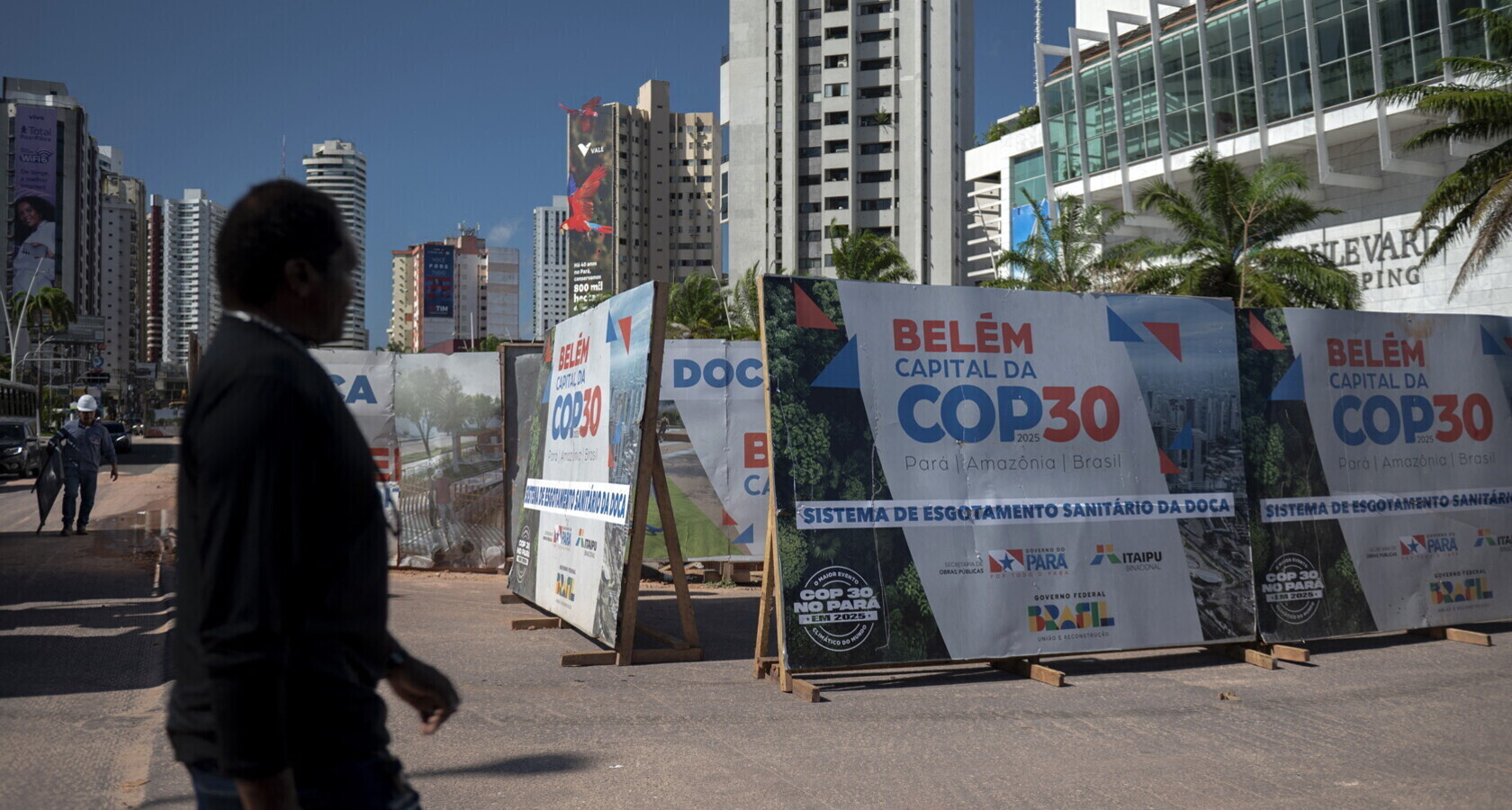
Zero emissions Vatican
Ahead of the COP, the Vatican aims to zero emissions
The Vatican's green commitment continues, building on the work of the previous Pope. Leo XIV gives the green light to concrete initiatives for the headquarters and beyond
5 minWhile the Sherpas continue with the preparatory sessions, the diplomats tasked with laying the groundwork for discussions at COP30, the upcoming Conference of the Parties, which will take place from 10 to 21 November in Belém, Brazil, even a small but influential state such as the Vatican is insisting on its green policy with Pope Francis' successor, Leo XIV, who follows in the footsteps of his predecessor.
First of all, formally speaking, even though, from an Augustinian, one cannot expect a speech that is anything less than well thought out, we are still a long way from an encyclical such as Francis' Laudato si’. This evident considering that the Holy Mass for the Care of Creation was celebrated for the first time at the beginning of July this year, in the Giardino della Madonnina at Borgo Laudato si’ in Castel Gandolfo. The Pope urged us to listen to the cry of the earth and the poor and to mobilize our intelligence and efforts to take care of Creation. He entrusted the Dicastery for Human Development with the task of inspiring dioceses to initiatives linked to a vision open to environmental thinking.
The changes underway
However, Leo XIV is a man inspired by books but at the same time, he is also a very practical person (and a man of science, as he graduated in mathematics). Therefore, he gave the green light to concrete initiatives such as those taken by the Governorate to transform the Holy See’s property at Santa Maria di Galeria —which in recent years has been at the center of controversy as it houses several antennas of broadcaster Radio Vaticana— into a fully green center with electric motors, photovoltaic panels, renewable energy and reforestation plans. These initiatives not only cover the approximately 424 hectares of the property, which is a sort of technical annex of Vatican City, but also extends to the most famous settlement in the world, i.e., the area surrounding St. Peter's Square, the Vatican Gardens and the Apostolic Palaces.
Everything is moving toward zero emissions, which according to the Governorate will be achieved in 2026. All the old boilers have been replaced and only the one in the Sistine Chapel remains, used solely for producing the white or black smoke we see at every new papal election. This concession to a centuries-old tradition is not expected to have too much impact. In addition, new LED lighting will welcome visitors to the Papal Basilica and the renowned Vatican Museums; greater attention will be paid to waste disposal (where meetings and overtourism certainly have an impact); clean energy will be used and ventilation will be exploited in St. Peter's Basilica and all historic buildings, applied in a careful and intelligent way.
It should be noted that at Vatican filling stations, electric car charging points have been made available for at least a year now. And under Pope Francis, the Popemobile, the famous white car that carried him around among the crowds and on the steps of St. Peter's Basilica, had officially become the Vatican State's first electric car, with license plate number 1.
We are talking about very symbolic things, of course. However, the transformation of Santa Maria di Galeria into an agrivoltaic center and a laboratory for experimenting with renewable energy will allow for both consistency and concreteness, and the Catholic Pope's state, so influential in the world of diplomacy, will certainly be able to turn all this into an essential point of reference in future debates on the environmental and the choices of the different countries to ensure its protection.

